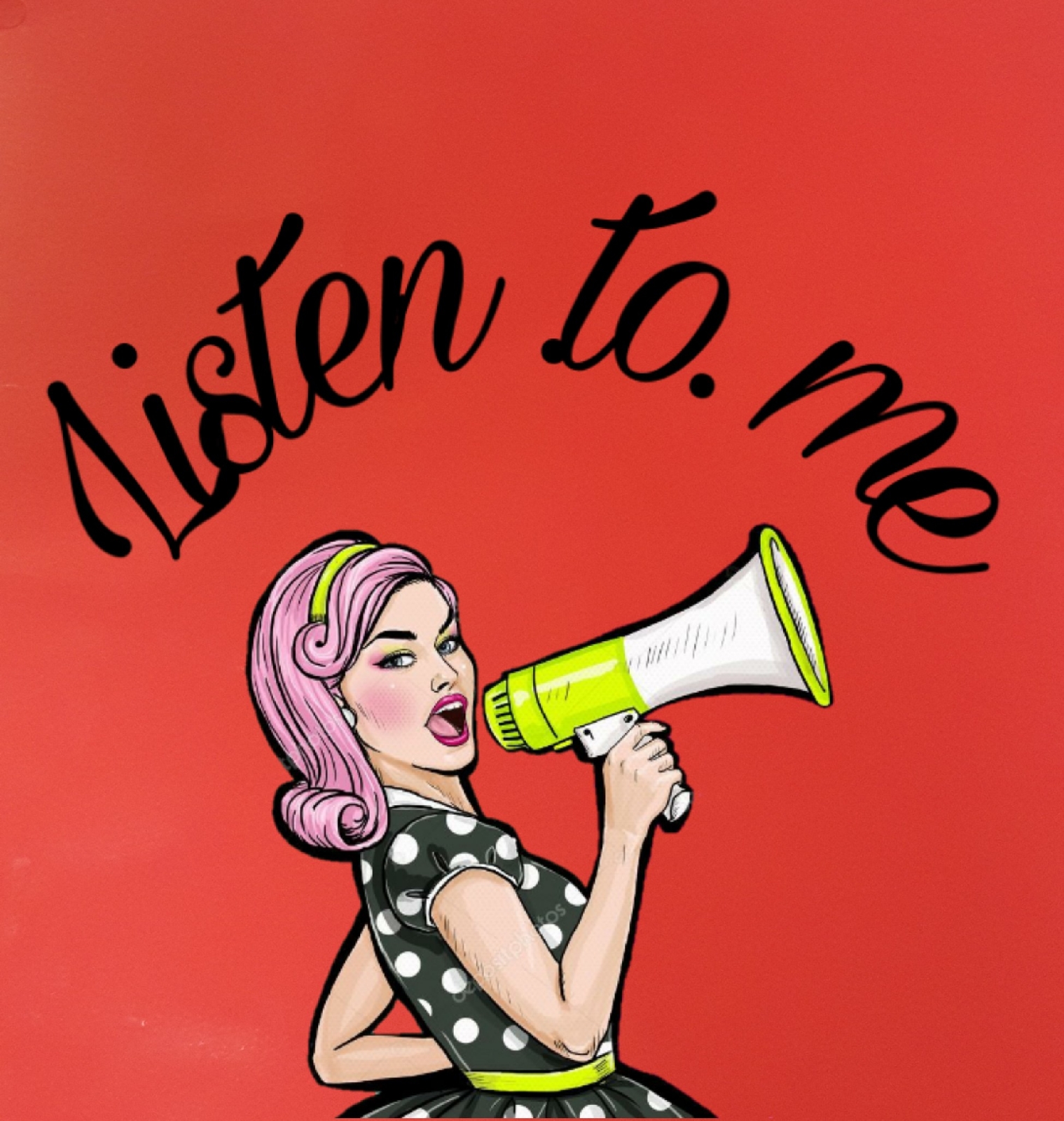"Good communication skills require a high level of self-awareness. Understanding your own personal style of communicating will go a long way toward helping you to create good and lasting impressions with others."
Becoming an Active Listener
To know more ==>
Active Listening: Hear What People are Really Saying: Learn how to use active listening techniques, which are a valuable listening skill, to make a conscious effort to understand what people are really saying.
There are five key active listening techniques you can use to help you become a more effective listener:
1. Pay Attention
Give the speaker your undivided attention, and acknowledge the message. Recognize that non-verbal communication also "speaks" loudly.
- Look at the speaker directly.
- Put aside distracting thoughts.
- Don't mentally prepare a rebuttal!
- Avoid being distracted by environmental factors. For example, side conversations.
- "Listen" to the speaker's body language.
2. Show That You're Listening
Use your own body language and gestures to show that you are engaged.
- Nod occasionally.
- Smile and use other facial expressions.
- Make sure that your posture is open and interested.
- Encourage the speaker to continue with small verbal comments like yes, and "uh huh."
3. Provide Feedback
Our personal filters, assumptions, judgments, and beliefs can distort what we hear. As a listener, your role is to understand what is being said. This may require you to reflect on what is being said and to ask questions.
- Reflect on what has been said by paraphrasing. "What I'm hearing is... ," and "Sounds like you are saying... ," are great ways to reflect back.
- Ask questions to clarify certain points. "What do you mean when you say... ." "Is this what you mean?"
- Summarize the speaker's comments periodically.
Tip:
If you find yourself responding emotionally to what someone said, say so. And ask for more information: "I may not be understanding you correctly, and I find myself taking what you said personally. What I thought you just said is XXX. Is that what you meant?"
4. Defer Judgment
Interrupting is a waste of time. It frustrates the speaker and limits full understanding of the message.
- Allow the speaker to finish each point before asking questions.
- Don't interrupt with counter arguments.
5. Respond Appropriately
Active listening is designed to encourage respect and understanding. You are gaining information and perspective. You add nothing by attacking the speaker or otherwise putting her down.
- Be candid, open and honest in your response.
- Assert your opinions respectfully.
- Treat the other person in a way that you think she would want to be treated.
To know more ==>
Active Listening: Hear What People are Really Saying: Learn how to use active listening techniques, which are a valuable listening skill, to make a conscious effort to understand what people are really saying.


No hay comentarios:
Publicar un comentario